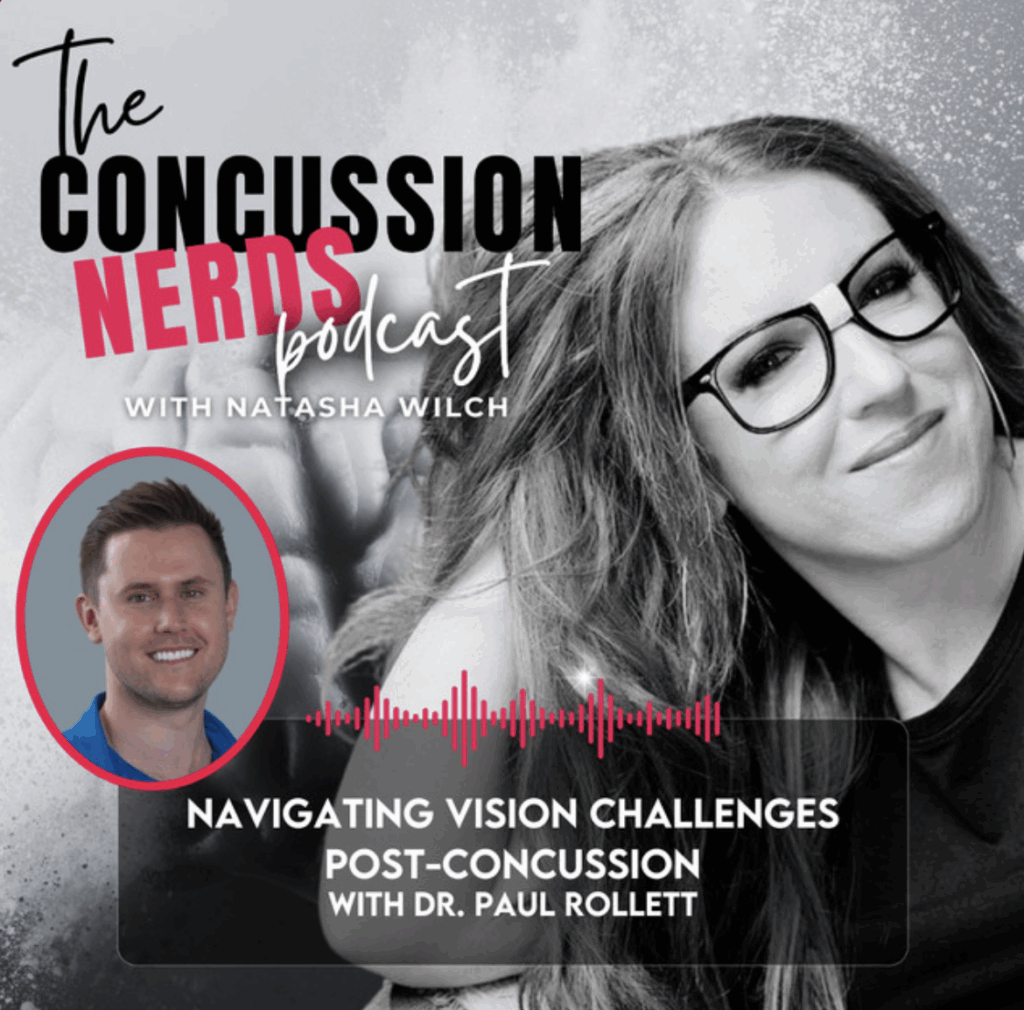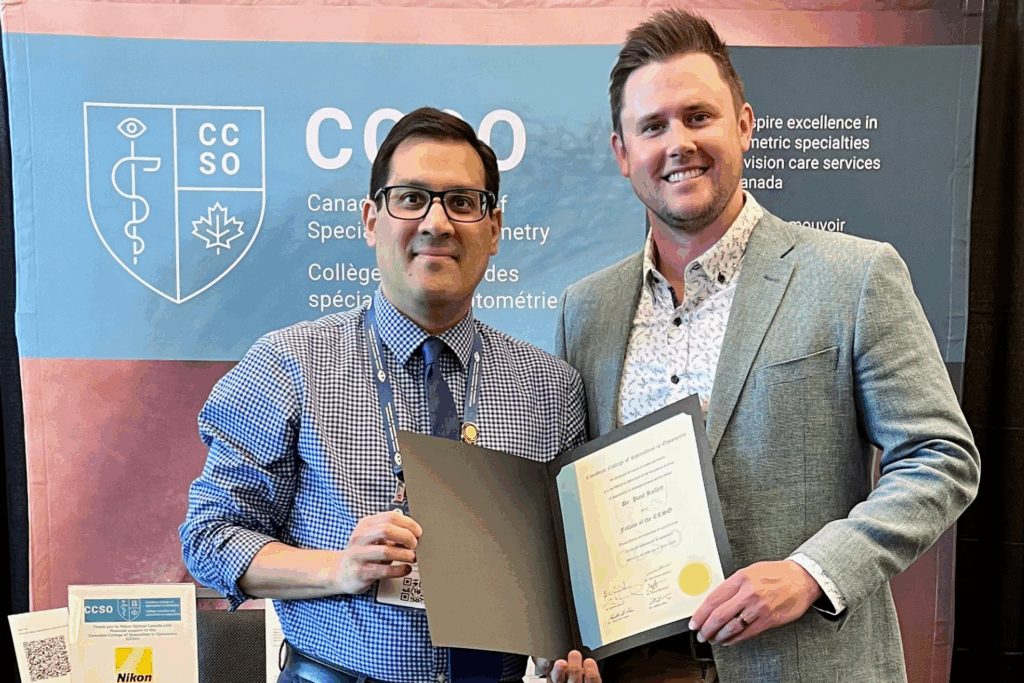It has been said that light sensitivity emerges from visual information one can neither organize nor ignore. Following head injury this sensitivity can often become debilitating, leading to challenges in artificially-lit indoor environments, busy visual scenes (such as while driving, or in a grocery store) or in bright outdoor environments. Fortunately, for many who suffer from these symptoms, detailed Optometric evaluation can provide a variety of well-curated and individualized solutions.
Tints:
The typical example people think of for dampening light sensitivity comes in the form of tints added to their glasses – with sunglasses of course being the most common. It is important to note however, that different colours and sources of light will respond differently to various colours and lens qualities within glasses. In order to ensure the most suitable tint is added to one’s glasses, a thorough understanding of visual triggers is critical. If one, for example, is struggling with outdoor lighting, a grey polarized tint will often most effectively alleviate symptoms. Indoor environments however, expose our visual system to different unnatural frequencies of light and a grey tint is rarely the best solution. Indoor environments can vary dramatically depending on the work or schooling environment. As such, a trial of various light and inconspicuous tints (such as blue, green, purple or rose) will commonly yield the most relief.
 Glasses Strength and Prism:
Glasses Strength and Prism:
With the definition of light sensitivity being light one can neither organize nor ignore, glasses strength adjustments and the addition of relieving prism can go a long way toward improving performance and comfort. If the glasses we use are not attunely prescribed for the actual visual demands we’re presented with throughout the day (do you need to focus at near, far or in between?), the resultant tension from improper optics can actually worsen symptoms of light sensitivity, headache and dizziness. A thorough history of visual requirements and demands, along with real world trial of lenses prior to purchase can make all the difference in the world in terms of alleviating symptoms of light sensitivity.
Vision Therapy:
While tints, glasses strength adjustments and prism will often yield immediate relief from light sensitivity, it is important to note that these tools are typically meant as a short-term support, allowing one to engage with more multifactorial recovery via Vision Therapy. Like training wheels on a bike, they allow one to move accurately in the right direction – but must be complemented by dynamic training to ensure an embedded recovery. Glasses are static – meaning we can provide one lens strength for a variety of differing visual experiences throughout the day. Vision on the other hand is very much dynamic, constantly changing and shifting throughout every moment of our lives. A dynamic training solution via Vision Therapy is therefore the most comprehensive means by which to ensure one can organize visual information properly in their day to day lives.
If you or a loved one are struggling with persistent light sensitivity – either indoors or outdoors – make sure to request an individualized solution. For many, even minor adjustments in glasses modifications or more active Vision Therapy can make all the difference in the world.
Until next month,
Paul Rollett, OD, FCOVD


 Glasses Strength and Prism:
Glasses Strength and Prism:

